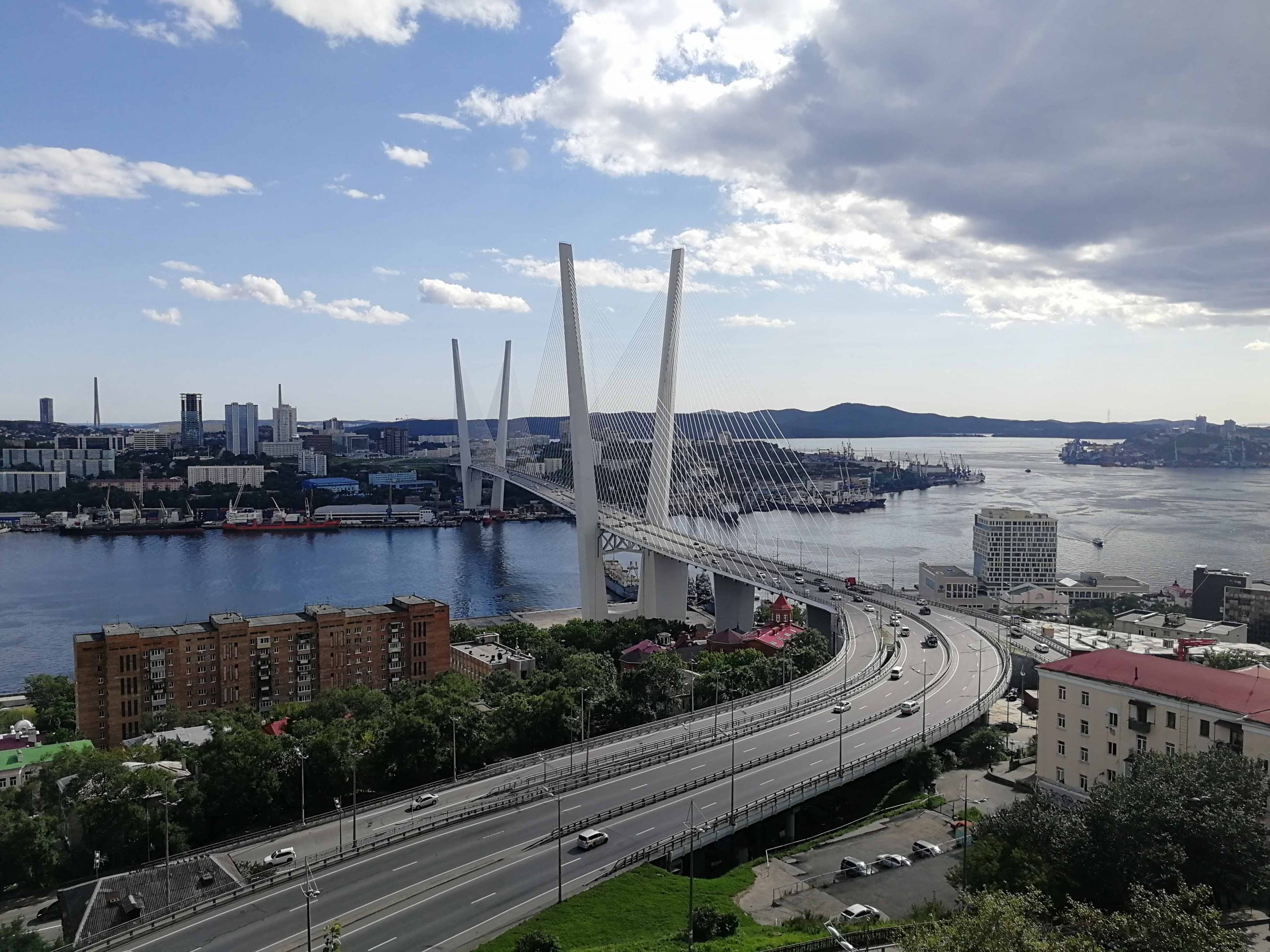
Vladivostok was founded in 1860 as a military outpost at new Russian-Chinese border when vast territories (the Amur Region and the Maritime Territory of Russia now) were ceded by China to Russia. Today Vladivostok is the administrative, cultural and scientific center of Russian Far East, the main base of the Russian Pacific Navy. Due to its very advantageous location in close proximity of China, Korea and Japan the city plays important role as a center of political and business contacts of Russia in the Far East. The main street of Vladivostok is the Korabelnaya (the Ship) Embankment where you can acquaint with the history of the Russian Fleet including the period of WW II. Architectural pearls of the city are beautiful churches: St. Nicholas Cathedral (1907) built in memory of Russian soldiers and seamen lost during the Russo-Japanese War, the Intercession Church (1902) blown up by Bolsheviks in 1930s and restored in 2000s, the Catholic Church of Our Lady (1921).
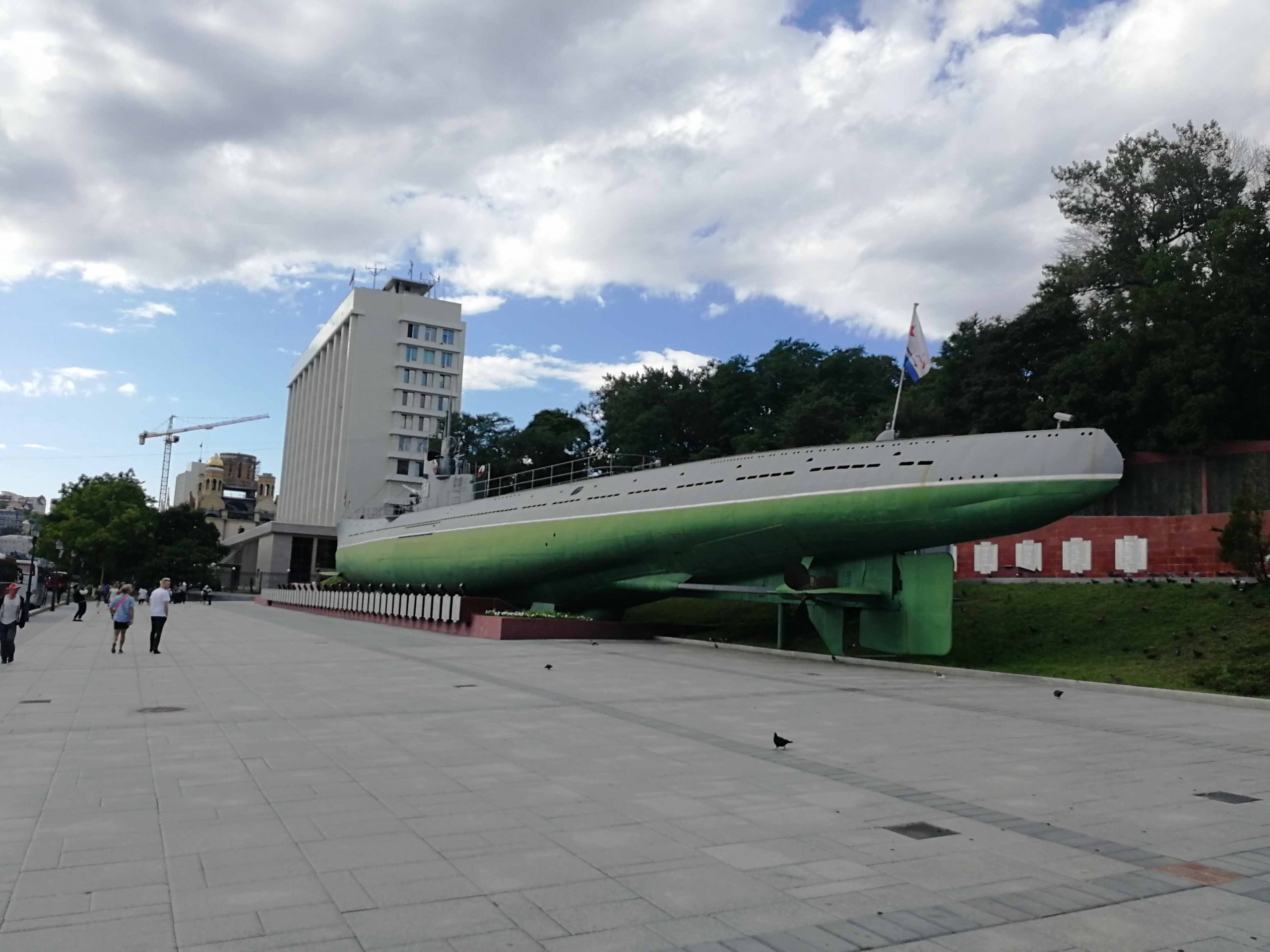
In 1942-1943 this Soviet submarine moved from the Pacific Ocean to the Atlantic through the Panama Canal and in 1943-1944 took part in combat operations of the Soviet Northern Fleet. Now three compartment are restored in the form in which they were during the war (torpedo compartment, residential and central) and submarine moored at the Korabelnaya (the Ship) Embankment, the main street of Vladivostok city, is opened to public.
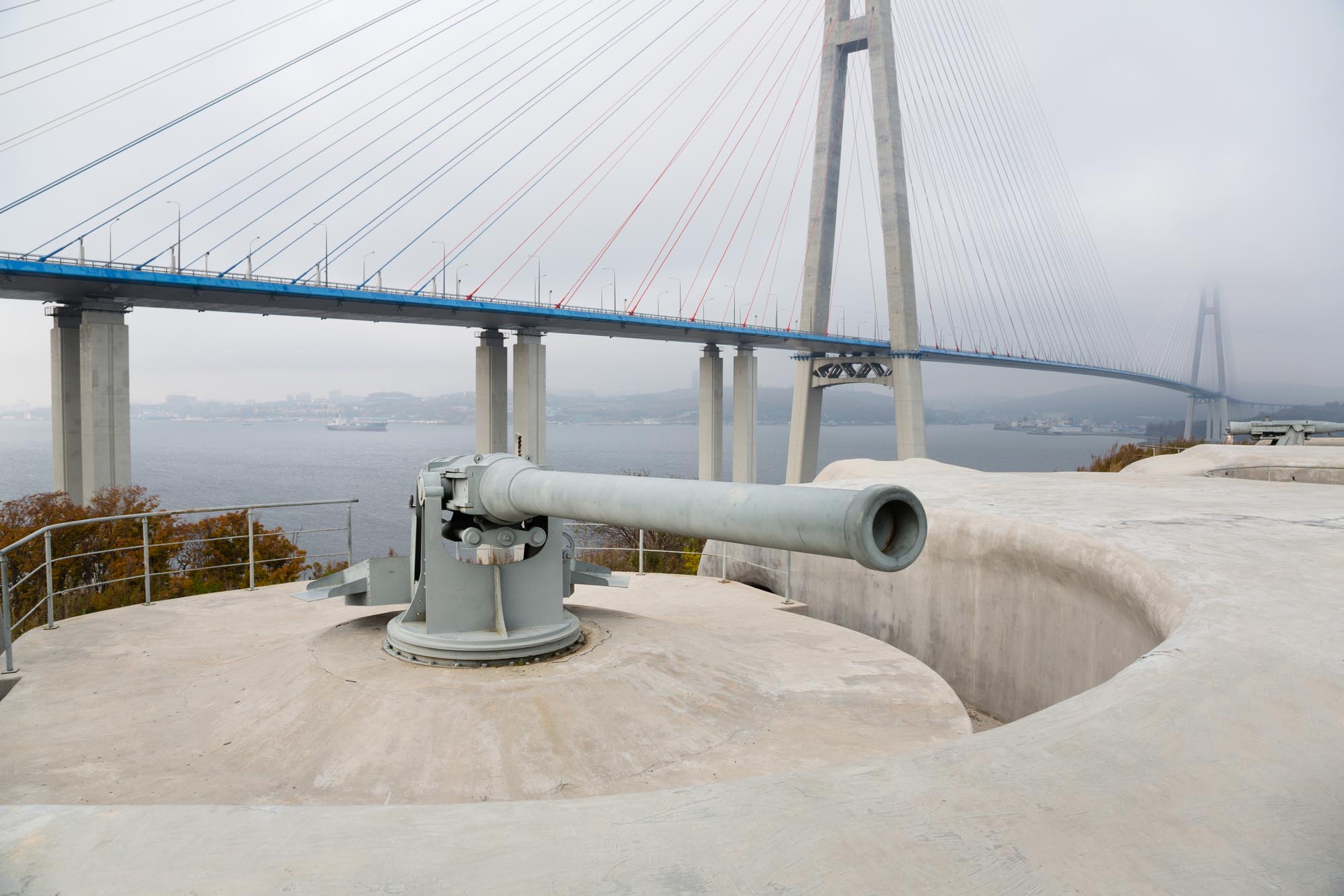
The Vladivostok Fortress was built in early XX c.. After the defeat of Russia in Russo-Japanese War (1904-1905) Russia lost Port Arthur and Southern part of the Sakhalin Island so Vladivostok stayed the only equipt port in the Russian Far East. That’s why new Vladivostok Fortress was built in accordance with the latest achievements of fortification science. It was one of few sea fortresses in the world which was impregnable from the side of land. Power of the Vladivostok Fortress was one of the reasons why Japan didn’t make up its mind to attack the USSR during WW II. In the Museum of the Vladivostok Fortress you will see exiting exposition of military maps, arms, equipment, old photographs.
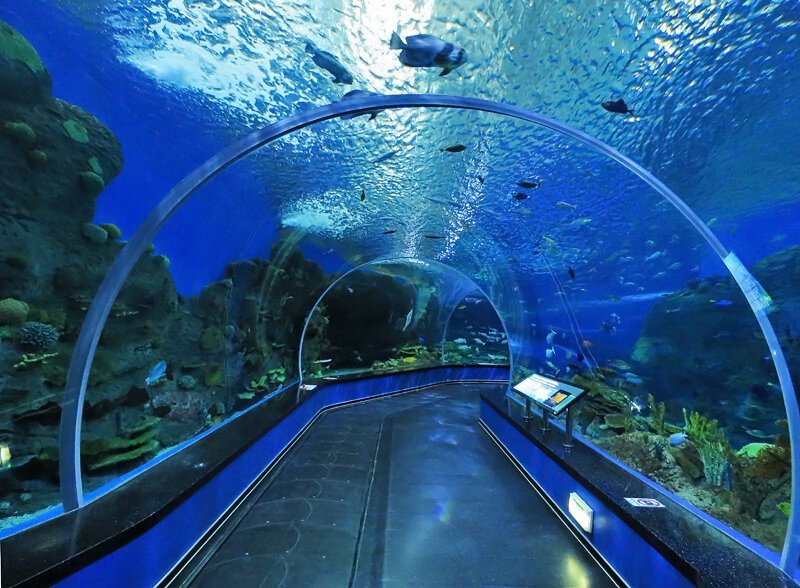
One of the main Vladivostok places of interest is local Aquarium (Oceanarium) featuring live exposition of about 120 species and about 2000 kinds of marine life in aquariums representing a variety of the Sea of Japan inhabitants and a collection of shells.

Museum of Local Lore in Vladivostok founded in 1890 was the first such museum at the Russian Far East. Now museum presents rich information on nature and history of the region, its ethnography and archeology. In 2015 The Arseniev Lore Museum of the Maritime Territory is considered to be one of the most visited provincial museums of Russia. You can see here unique cult objects of the Balhae (Bohai) state (698–926) and the Golden Empire of Jurchens (1115-1234), curious artifacts of the discovering, settlement and development of the Russian Far East. One of the brightest projects of the Museum is the book-exhibition «Eleanor Pray. Letters from Vladivostok» dedicated for the American businessman’s wife who lived in Vladivostok in 1894-1930 and whose letters and photos became original evidence of that epoch.
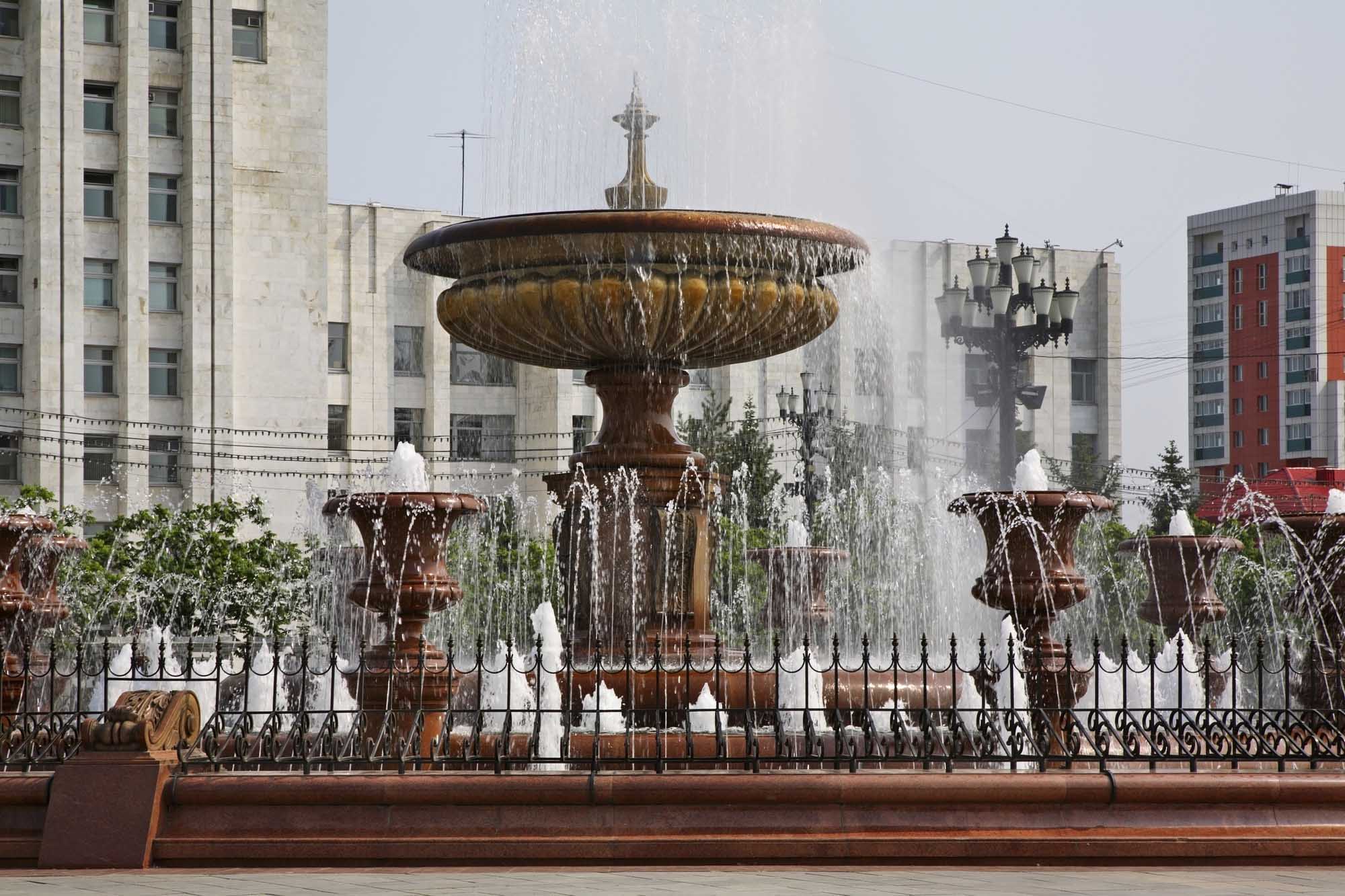
Khabarovsk is the industrial, cultural and administrative center of the Russian Far East. It was founded in 1858 as a military outpost at new Russian-Chinese border and named in honor of Yerofei Khabarov, Russian explorer of Siberia and Far East. Khabarovsk is also large “river-sea” port: city stretches for 45 km along the bank of the Amur River, the main waterway of the Russian Far East. There is a lot of wooden and brick houses preserved from the time of the city foundation. You will see the Church of St. Innocent which was built first in the city, remarkable buildings in the Modern style at the Komsomolskaya Square.
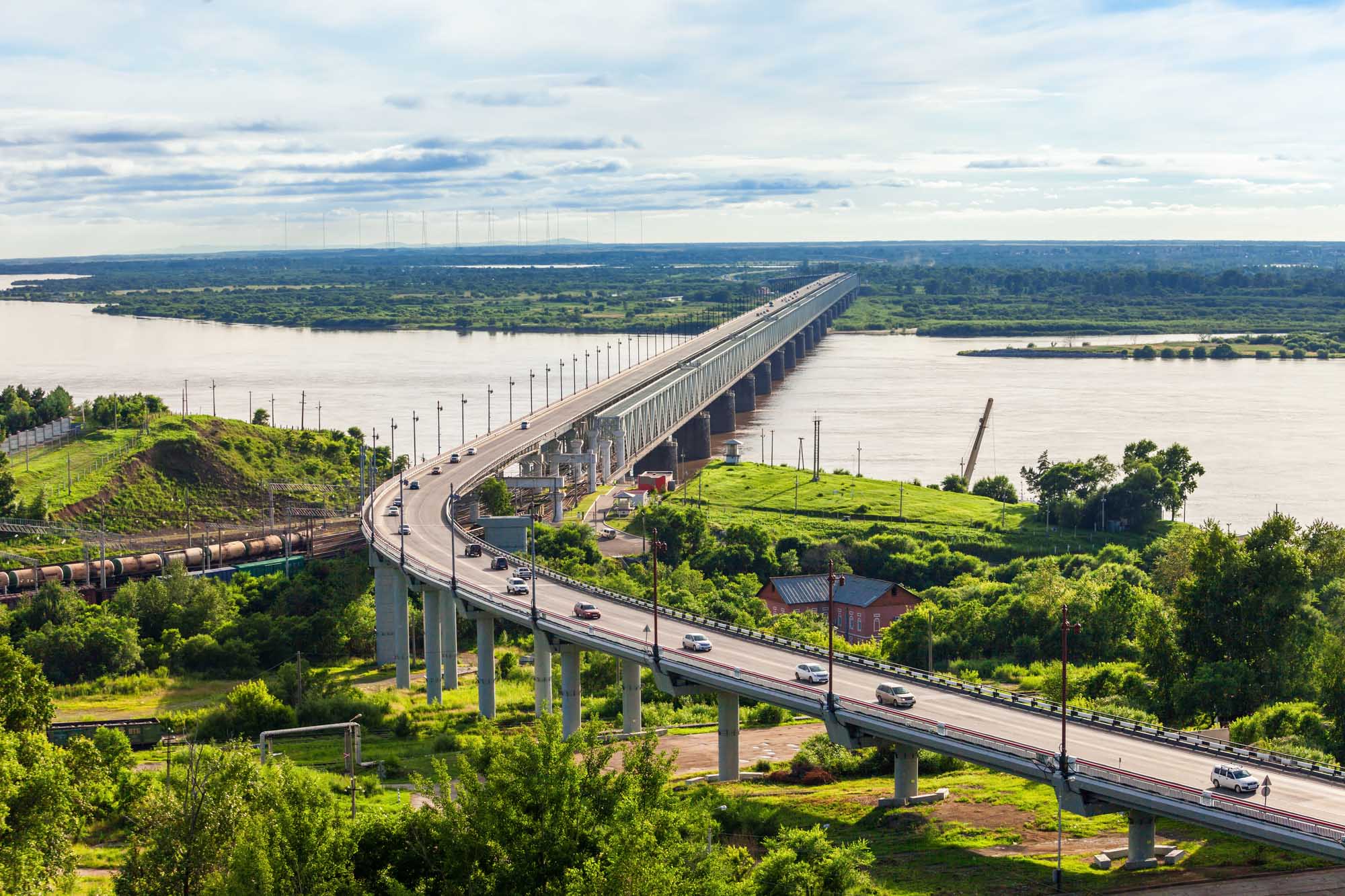
Construction of the bridge cross the Amur River in Khabarovsk (1913-1916) was the last stage of the Transsiberian Rail Road building. Completely rebuilt in 1990s the bridge became grandiose two-level construction for rail and vehicle transit. Open-air exposition presents a lot of interesting exhibits. Among them are original bridge girder of the tsar’s period, wooden building copying the first Khabarovsk railway station, Soviet rail engineering (steam, diesel and electric locomotives, flatcar, tank cars, covered goods wagon of the Canadian type), motor coach of Soviet marshal Vasily Blyukher, commander of the Special Far Eastern Army during the Sino-Soviet conflict of 1929 over Chinese Eastern Railway. The oldest exhibit is tank car of the end of XIX c. found in 2010 in the forest near Khabarovsk.

Founded in 1894 museum is famous for its rare exhibits including skeleton of the Steller sea cow (fully extinct species now), 20-meter skeleton of fin whale, mammoth tusks, bison skull, fragments of iron meteorite fallen on the Sikhote-Alin Mountains in 1947 etc.

The Bolshekhekhtsirsky State Nature Reserve is located not far from Khabarovsk city (20 km to the South-West) and has conifer-broadleaved forests rich in typical virgin nature. The Reserve is unique place where southern lianas, Manchurian walnuts grow side by side with evergreen conifers. The reserve is home for bears, foxes, wolves, elks, tigers but this is practically impossible to watch animals because animals avoid meetings with people. Usually you can see the traces of their activity only. During standard 4-hour tour arranged from Khabarovsk city you will visit museum of the Bolshekhekhtsirsky State Nature Reserve with demonstration of excellent film about Far East nature and then walk through natural forest by eco-trail (6 km). Soon you will get the shore of the Amur Channel not far from the confluence of the Amur River and the Ussuri River where you can see endless meadows of the Big Ussuri Island and the border between Russia and China.
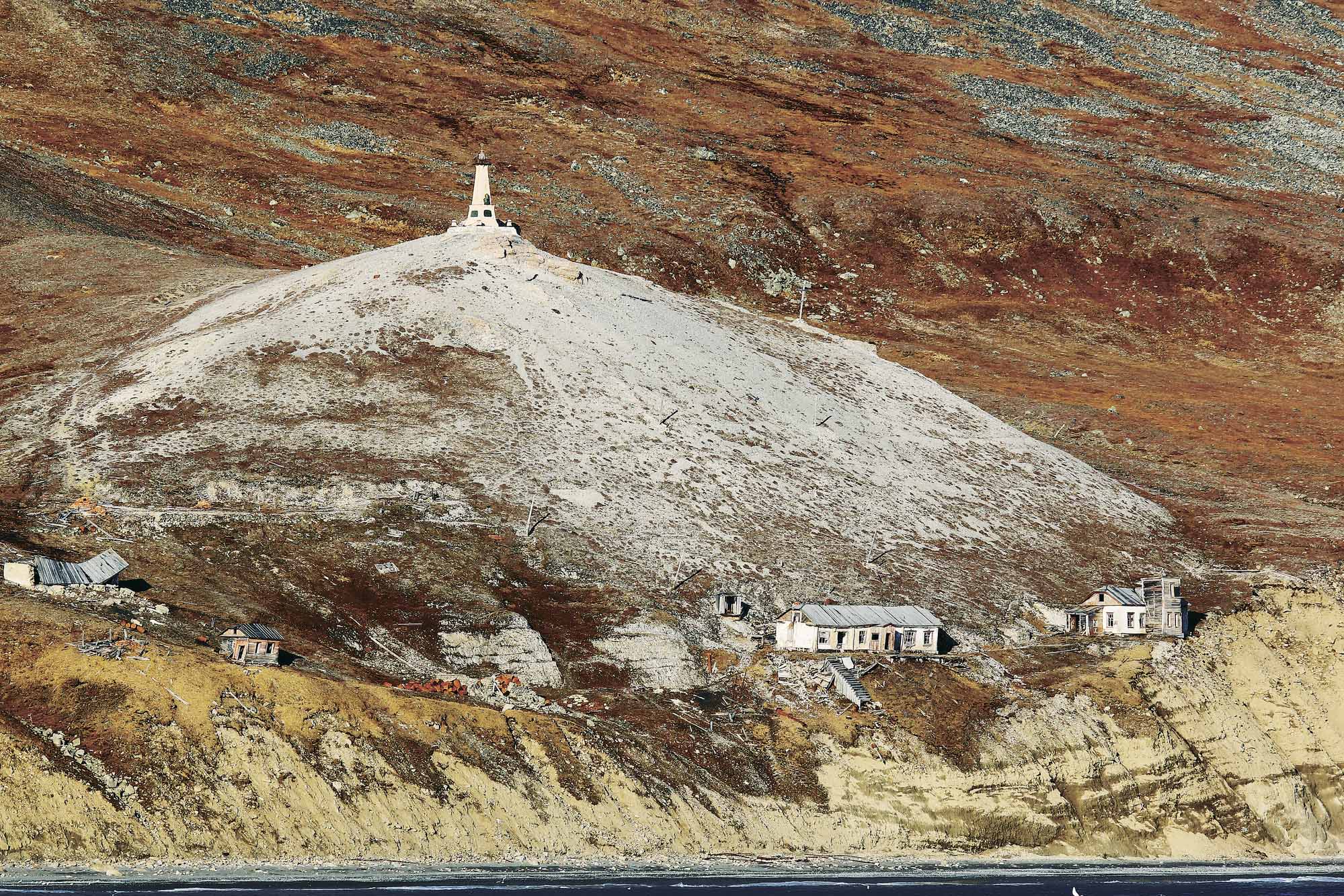
Cape Dezhnyov on the Chukchi Peninsula named after Russian cossack Semyon Dezhnyov, the first European passing the Bering Strait between Asia and America (1648) is the Eastern extreme point of Russia and of the Eurasian continent (82 km from the Cape Prince Wells in Alaska, the Western extreme point of the North America). We invite you to visit the most remote, the most wild and the most picturesque part of Chukotka. You will have an unique opportunity to travel through flowering summer tundra and to be acquainted with locals who adapted their mode of life and economy for very difficult terms of North nature. You will watch sea fishing and famous rookeries, will have a chance to bathe at the hot springs. Average temperature of July: in Anadyr +10 +15°C, on the coast of the Bering Sea +5 +10°C. Perceived temperature in the presence of wind is considerably colder.
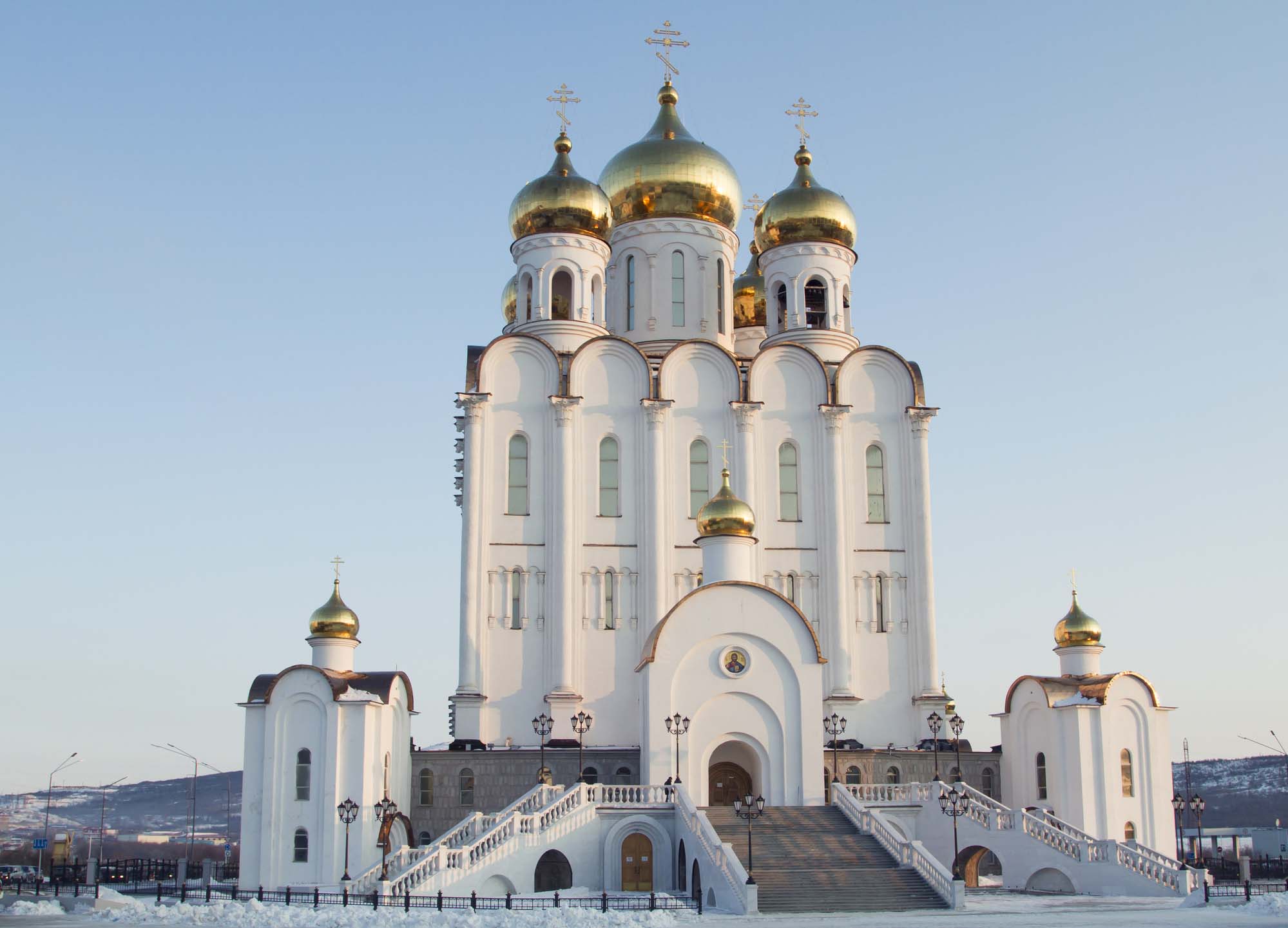
Founded in 1929 as the industrial community for development of mineral resources, in 1930s-1950s city was an administrative center of Dalstroy structure created for coordination of mining and road building on base of forced labor of Gulag prisoners (previously subordinated directly to the Central Committee of Bolsheviks’ Party and then reassigned to NKVD). After Stalin’s death (1953) forced labor of prisoners had been gradually replaced for the labor of hired workers. In 1957 Dalstroy was liquidated and its functions were given to local civil administration. Now Magadan is important regional center of Russian Far East and port on the Sea of Okhotsk. Historical center of the city is formed with buildings of 1950s in neoclassical Stalin’s style. You will see two interesting sculptures: The Mammoth made by local sculptor Yuri Rudenko of… scrap-metal and The Mask of Sorrow created by famous Russian sculptor Ernst Neizvestny (1996) and devoted to all victims of political repressions in Russia in communist epoch. Visiting of Magadan city museums is recommended: Museum of Local Lore (exposition presents ethnography, nature, history of Magadan city and history of Gulag), Museum of Natural History with one of the best in the World collections of meteorites, Apartment Museum of Vadim Kozin, famous Soviet tenor of 1930s-1950s who spent considerable part of his life at the Kolyma camps where he twice served a sentence for homosexuality (he was never officially rehabilitated and remained in exile in Magadan until his death).
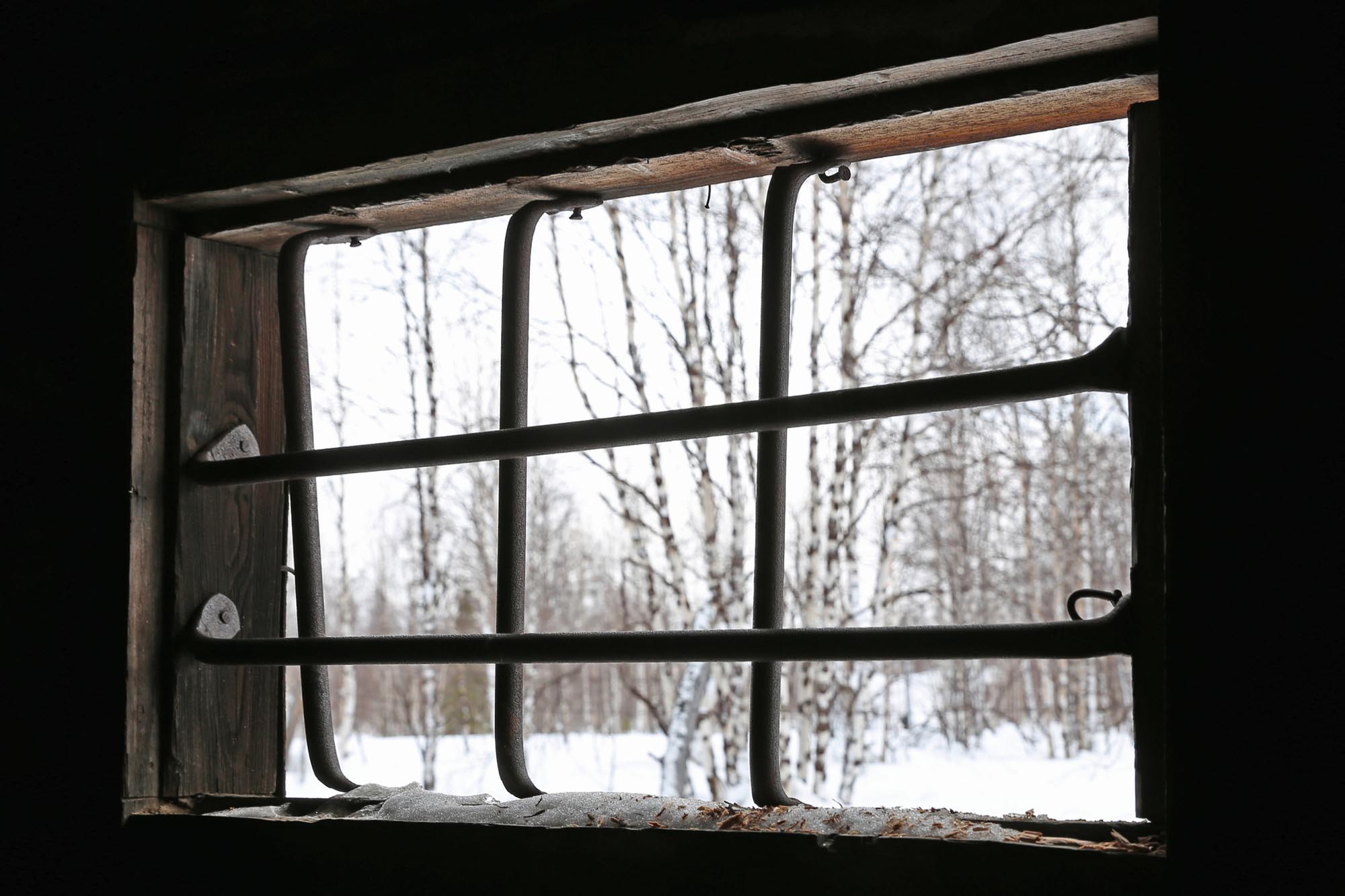
Territories of the present Magadan Region were included into Russia in the 2nd half of the XVII c. but actual progress of this region started since 1920s only when its industrial development was begun on base of considerable gold, silver, tin, and tungsten deposits resources. The Dalstroy organization arranged in 1932 Local Gulag camps (North-Eastern Corrective Labor Camps or Sevvostlag) was a productive subdivision in the Dalstroy structure. After Stalin’s death (1953) forced labor of prisoners had been gradually replaced for the labor of hired workers. In 1957 Dalstroy was liquidated and its functions were given to local civil administration. There is a lot of reminders of the Gulag period at this area. Among them is the Dneprovsky stannary. This Gulag object existed in 1941-1955. Here you can see the remains of industrial and dwelling buildings, barbed wire, watchtowers. At Yagodnoye settlement you can visit the Memory of Kolyma private museum arranged in 1994 by local enthusiast Ivan Panikarov. It is a museum of memory of victims of political repression. The exhibition and the archive of the museum represent photographs of former prisoners and of the camps remains, tools and items of camp life, the original cases, the camp newspapers, prisoners’ drowings. In Debin settlement Central Hospital of North-Eastern Corrective Labor Camps was located. Writer Varlam Shalamov, the author of famous «Kolyma Tales» undergone a cure and then worked as a medical assistant in this hospital. At the moment, the efforts of the head physician Varlam Shalamov’s memory room is created at the hospital. All above places of interest are are located quite far from Magadan but you can visit it during multi-day tour “FDM1. Kolyma Golden Ring. Not only Gulag.” acquainting you not only with the tragic Gulag past but also with rugged beauty of Magadan Region nature.
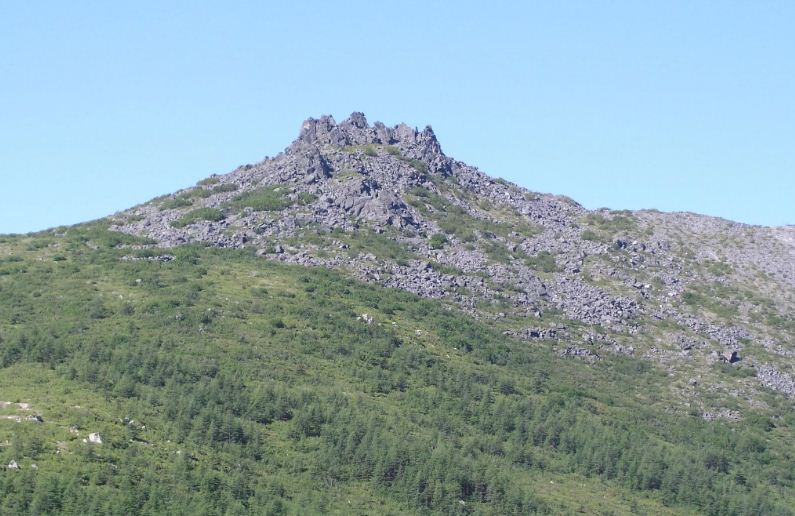
The Stone Crown farewell rocks at the Staritsky Peninsula is one of the most picturesque places at the environs of Magadan city. We provide you with transfers from the hotel to place of 9-km trekking start and then from place of trekking finish to the hotel. Path goes along former communication line through overgrowth of elfin wood with stony areas. The top of the Stone Crown for a long time had been known as a landmark for seafarers who stopped there for filling with fresh water. The slope of the Stone Crown was equipped with a platform for testing of the ship’s chronometers. On the rocks sailors left «name cards» of their ships (name of the ship and date of disembarkation).
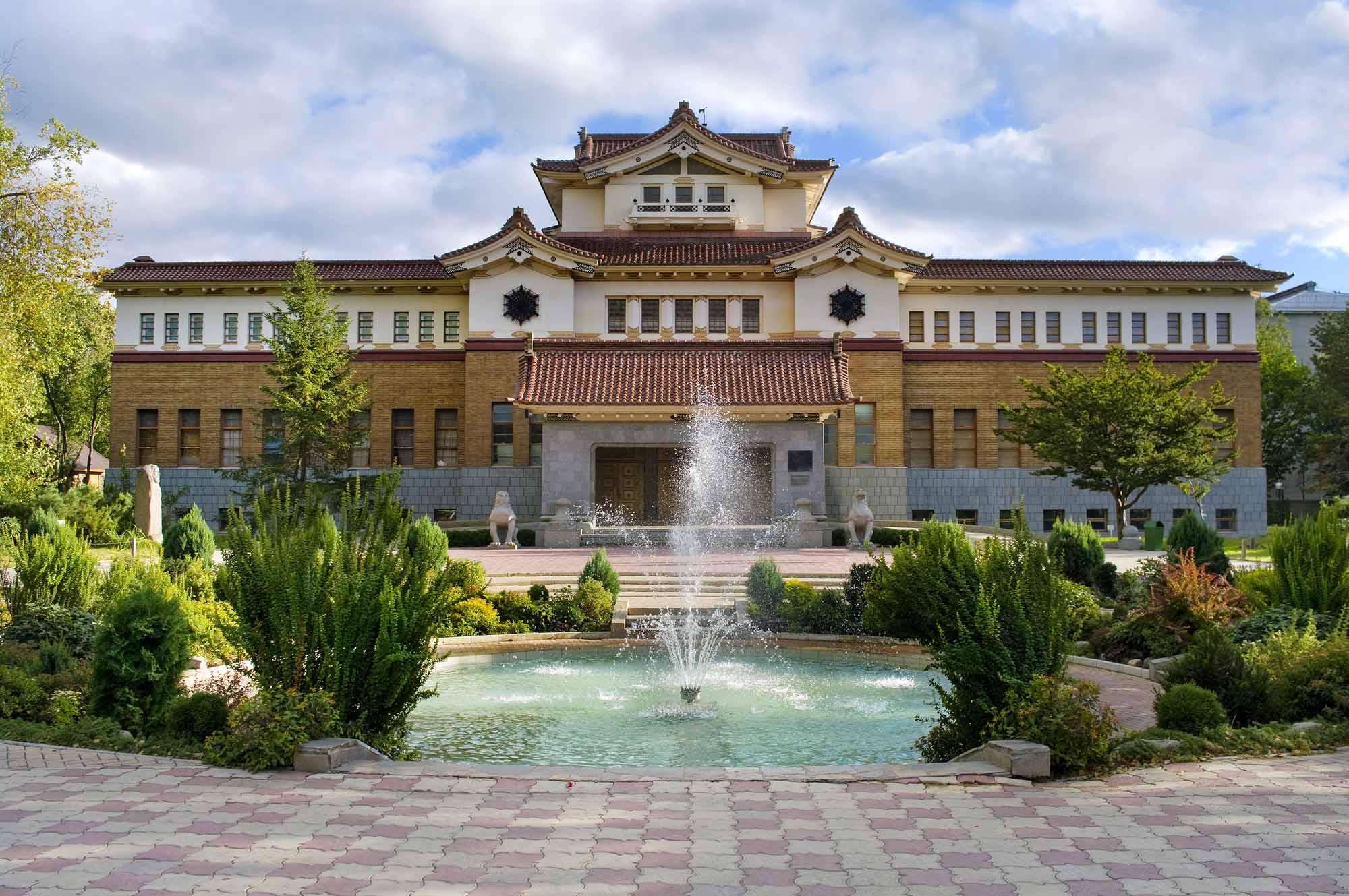
In 1907-1945 (till the defeat of Japan in The World War II) Japanese Karafuto Prefecture existed st the South part of the Sakhalin Island. That’s why you still can see a lot of buildings of Japanese Karafuto Prefecture period buildings at the the Sakhalin Island main city founded in 1882 as a settlement of convicts Vladimirovka. Among them are the Karafuto jinja (Shinto shrine), Oji Park (the Gagarin Park now), Jinja-dori Str. (Communist Avenue now), Museum of Local Lore building (former Museum of Karafuto Prefecture), the Military Investigative Department (former Prefecture building), yew square on the place of Japanese prefect residence, business center in Chekhov Str. (former Japanese mayor’s office), Military Hospital (former Prefecture Hospital), Fine Art Museum (former “Hokkaido Takushoku Ginko” Japanese colonial bank). From the Gorny Vozdukh (The Mountain Air) panoramic platform you can look round fantastic city view.
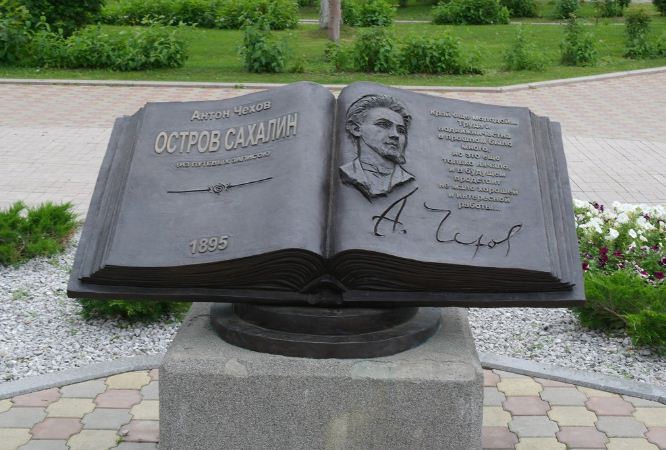
In the XIX c. Sakhalin Island was the place of exile for prisoners sentenced to “katorga” (penal colony for hard labor) like Australia in British Empire. In 1890 great Russian writer Anton Chekhov spent three months at the Sakhalin Island interviewing thousands of convicts and settlers for a census. Some later Anton Chekhov wrote a publicistic book “Sakhalin Island”. You can visit a lot of places connected with Chekhov’s stay at the Sakhalin: Museum of “Sakhalin Island” Book in Yuzhno-Sakhalinsk, Korsakov town where Anton Chekhov stayed during a month with local museum presenting everyday life things of Chekhov’s epoch, Dolinsk town and villages visited and described by Chekhov, the Sea of Okhotsk shore.
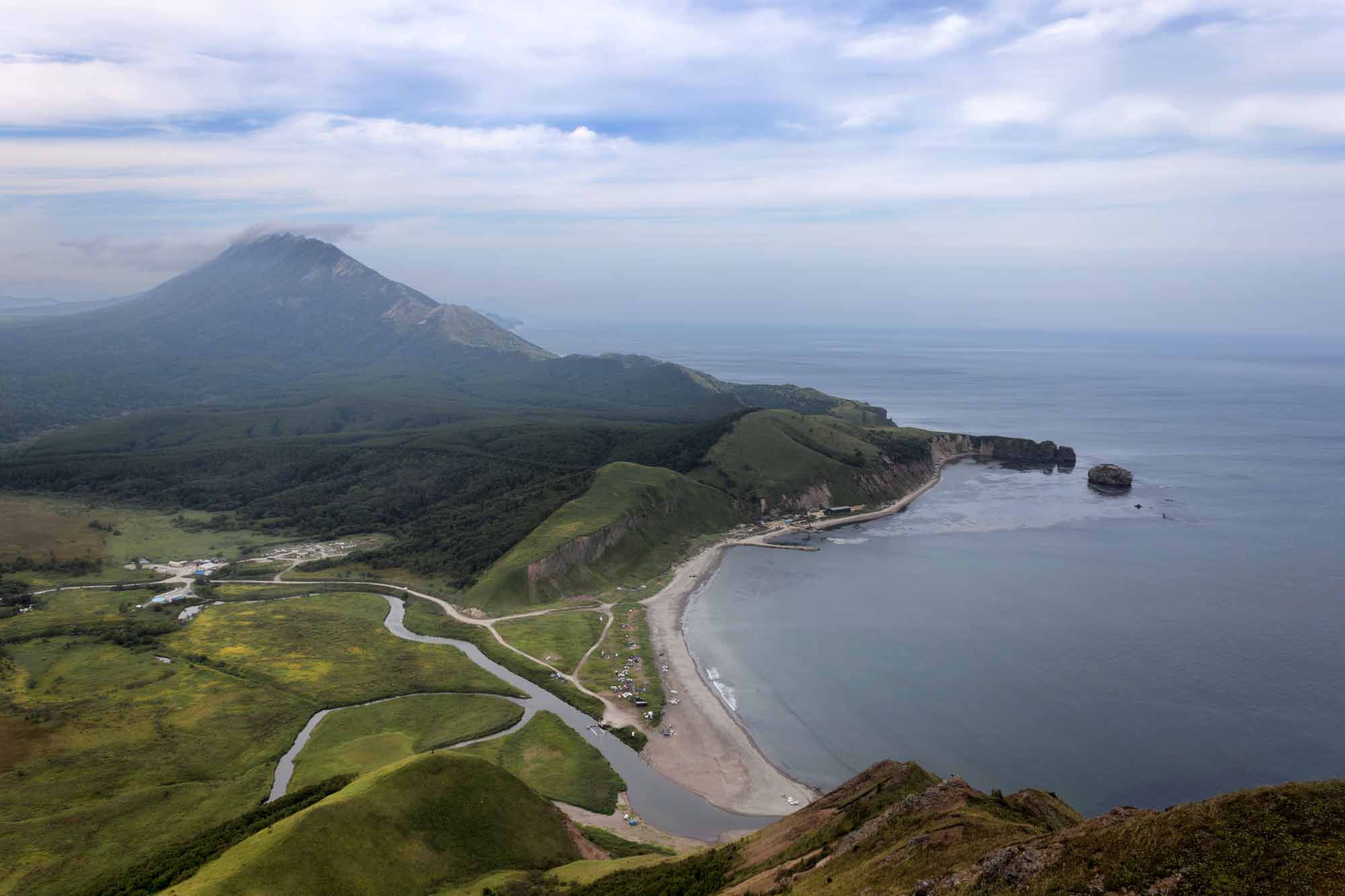
The Tikhaya (Silence) Bay is located at the at the East shore of the Sakhalin Island (135 km from Yuzhno-Sakhalinsk). Transfer from Yuzhno-Sakhalinsk to the Tikhaya Bay by picturesque road going along the sea shore with stop at Vzmorie settlement where you have a chance to buy fresh crabs, shrimps or berries, collect amber, see fragments of the Shinto temple takes about 3 hours. On arrival to the Bay you will walk along the seacoast and will see picturesque lagoons, caves, gorges, small waterfalls. If you are lucky this is possible to watch Japanese cranes and a rookery of seals. Pure water allows you to see all the beauty of the underwater vegetation (kelp, sargassum etc.) and animals (crab, shrimp, hermit crab, sea urchin etc.) and, of-course, to take a swim in the Sea of Okhotsk.
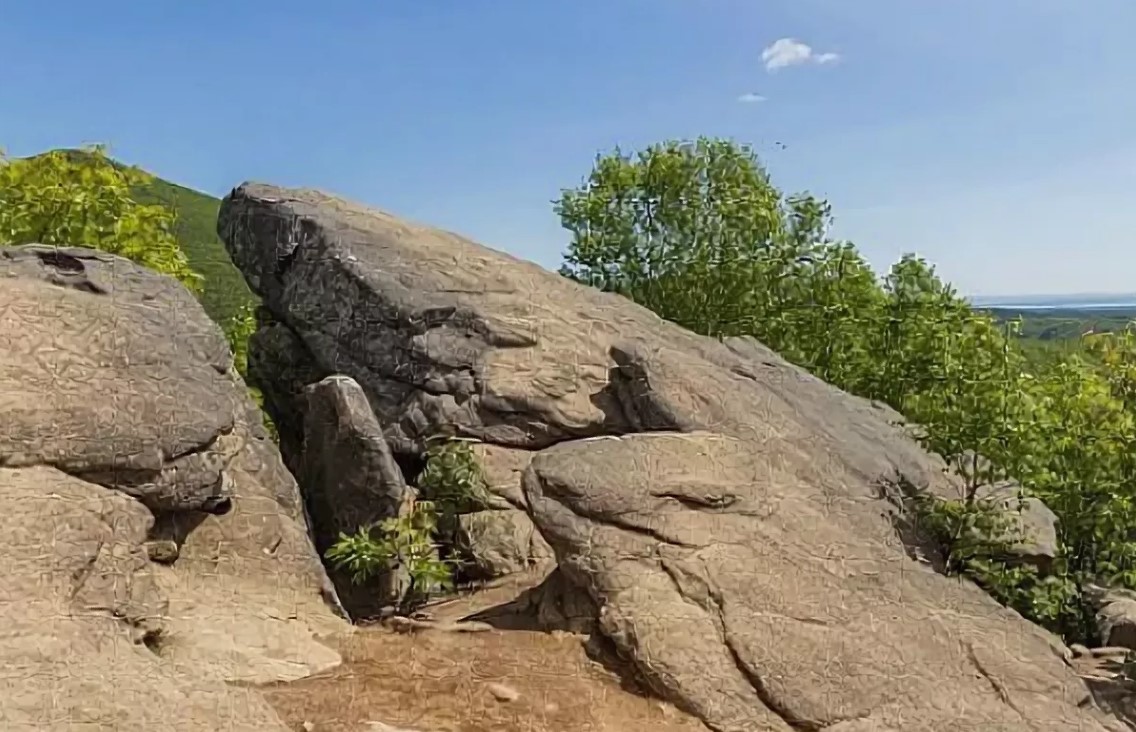
The Frog Stone is unique natural phenomenon of the 70 millions years age. It is farewell rock located not far from Yuzhno-Sakhalinsk (12 km, 0,5 hours). Trekking to the Frog Stone foot through the picturesque eco trail with “stone of responses», «stone of desires» at «glade of desires» and “solar glade” takes 15-20 minutes. Not long but quite steep climbing to the Frog Mountain takes 20-30 minutes. Everyone who had climbed to the Frog felt inexplicable rapture. It offers stunning views and if weather is good the Sea of Okhotsk and the Lake Tunaicha can be seen from here.

The Cape Velikan (the Cape Giant) is located in the nature reserve on the southern coast of the Sea of Okhotsk (100 km from Yuzhno-Sakhalinsk by difficult road, 3 hours). The Giant is very exact name for this Cape because it is actually hard to find at the Sakhalin Island another such majestic stones, arches and pillars shaped by wind and sea waves. These bizarre natural sculptures are beautifully situated in the amazing bays surrounded by mountains with impassable taiga. On the Cape you can watch the spawning run of salmon. After the lunch around the campfire on the return way to Yuzhno-Sakhalinsk you can stop for bathing at the fresh water Lake Big Vavaiskoe with sandy beaches.
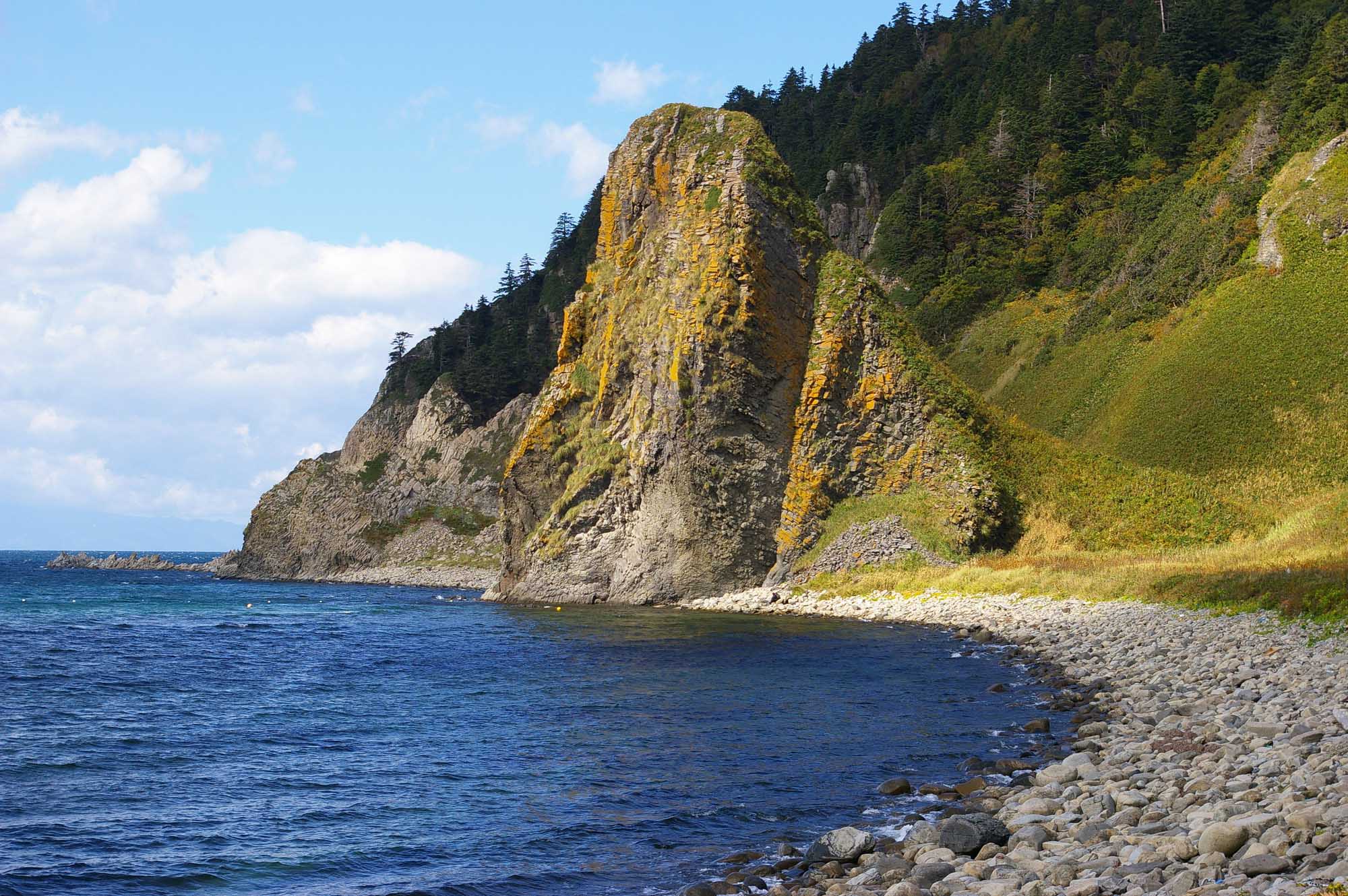
The Kuril Islands are located to the East from the Sakhalin Island. After the end of WW II all Kuril Islands became a part of the USSR. Russia’s sovereignty for the islands of Kunashir, Iturup, Shikotan and Habomai is still disputed by Japan.The Kuril means the Smoking. These archipelago received this name because 68 volcanoes are located there and 36 among them are active. Visiting the Kunashir, the largest island of the archipelago you will acquaint with fantastic local nature: whimsical kekurs and abrasion archs, fumarole fields and calderas of active volcanoes, hot water lakes, columnar jointings. This is possible to reach the Kunashir Island by motor ship Igor Farkhutdinov operated between ports Korsakov (the Sakhalin) and Yuzhno-Kurilsk (the Kunashir).
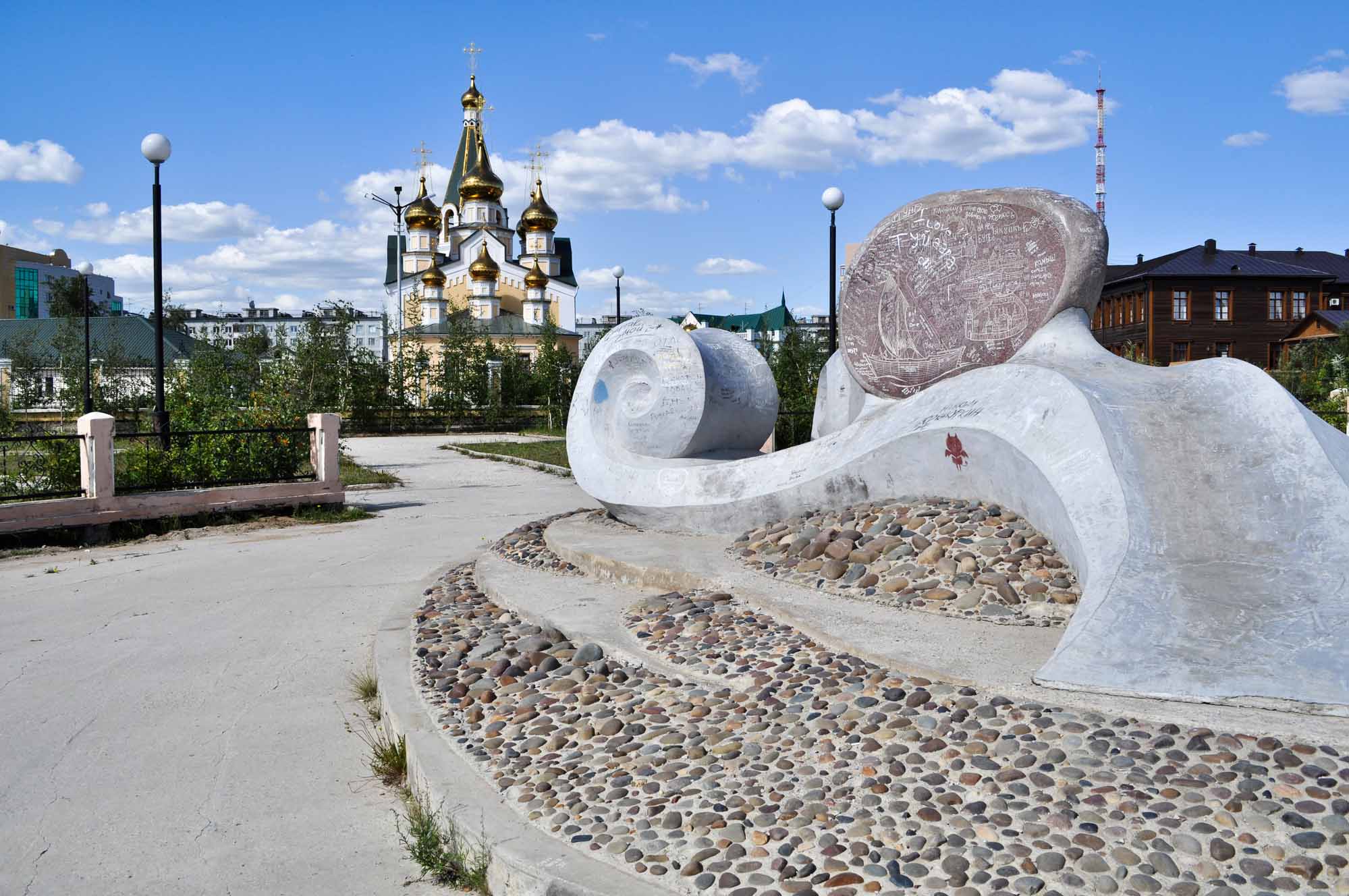
In 1632 Russian Cossacks founded the city of Yakuts on the bank of the Lena River. Nowadays Yakutsk is the capital of the Sakha Republic (Yakutia) with a of very interesting monuments of wooden Russian architecture kept in the historic Old Town. Among them are the Post of Yakutsk built by Cossacks in the XVII c. on the place of present city and building of the Russo-Asian Bank local office.

Territory of Yakutia is completely located on the not thawing soils! That’s why the capital of Yakutia, city of Yakutsk is the main center of Permafrost research in Russia. Unique the Permafrost Kingdom Museum arranged on base of old mines is situated there. It is a gigantic glacier located inside of mountain. The next unique natural phenomenon connecting with the Permafrost is the Buluus Glacier (120 km from Yakutsk). Gigantic icing field is created every winter because of underground spring. Temperature of +4°C is permanent for this glacier round the year. Numerous caves and clefts is good place for the rest during summer heat.
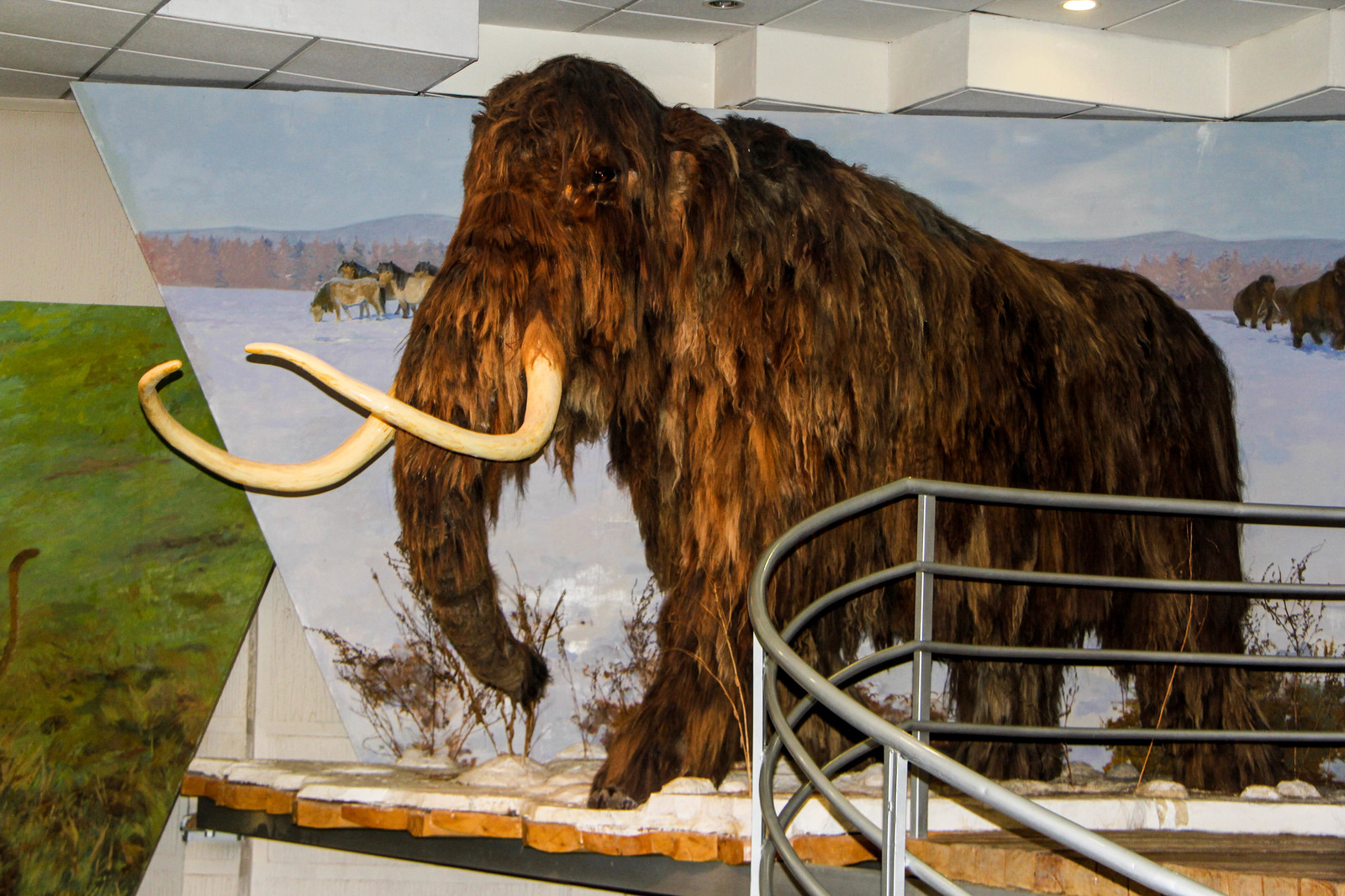
Considerable part of all remains of mammoths, woolly rhinoceros, muskoxs, Eurasian cave lions and other representatives of ancient flora found in the world were found in Yakutia. Among them is the first in the world mammoth skeleton fonded in the Lena River delta (1799) and soon dug out and sent to the Kunstkamera in St. Petersburg by naturalist Michael Friedrich Adams. The Mammoth Museum in Yakutsk is the only in the World specialized paleontology museum devoted to the study of the mammoth and its habitat in the Glacial Period. Thanks to the efforts of all generations of Russian scientists these finds became priceless museum exhibits adorning expositions of many Russian museums. One of these exhibits is a complete skeleton of mammoth displayed in the Gallery of Palaeontology and Comparative Anatomy in Paris.
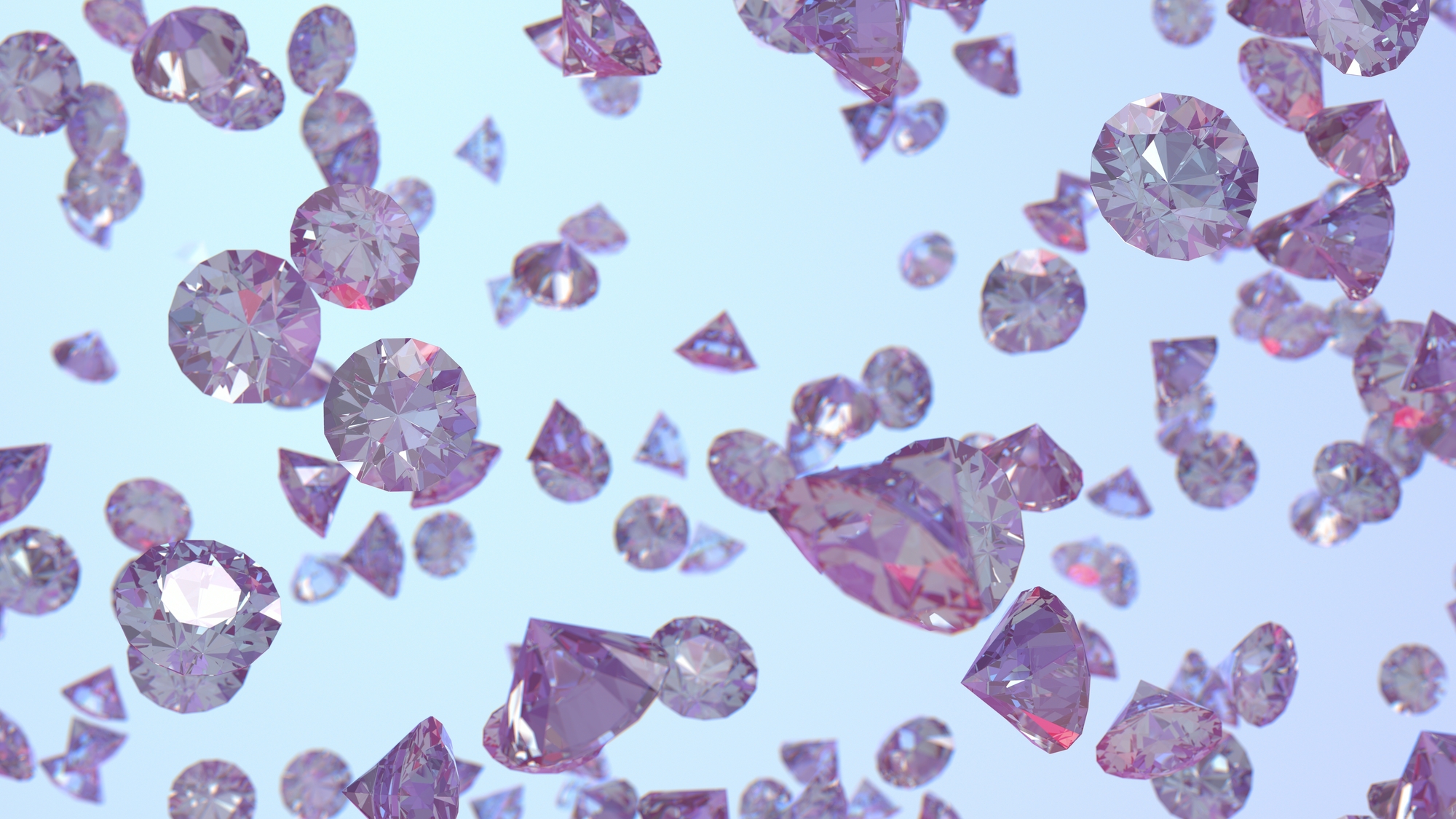
Gold mining in the Vitim-Olekminsk district of Yakutia began in 1840s. In 1950s two kimberlite diamond pipes were discovered in Yakutia. 95% of Russian diamonds and 15% of Russian gold are produced in Yakutia now. Only explored deposits are estimated at over than five trillion U.S. Dollars. The Treasure of Yakutia Exposition arranged in 1992 in accordance with personal order of Boris Yeltsin as local branch of the Diamond Fund represents a small part of this fantastic wealth: gold, diamonds, platinum, precious stones, mammoth tusks, gold nuggets, amazing decoration.